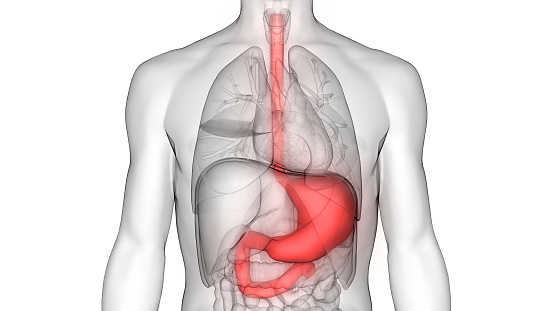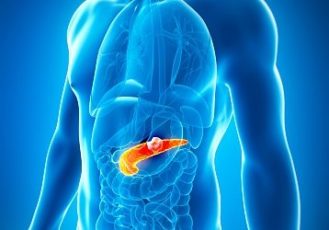
Recent research led by Yazan Abboud, MD, has shown that the incidence of gastroenteropancreatic neuroendocrine tumors (GEP-NETs) has increased in the United States in recent years. From 2001 to 2020, the incidence of GEP-NETs has risen in most organs, mainly in females and younger adults. Despite this, there is still a lack of national data on recent trends.
68Ga-DOTATATE positron emission tomography–computed tomography (68Ga-DOTATATE PET/CT) is the most sensitive imaging tool for these rare and diverse tumors, yet its clinical impact is still unclear despite its increase in use over time, especially for clinical scenarios involving surveillance after treatment. To reassess its clinical utility, a new retrospective study has examined the use of 68Ga-DOTATATE PET/CT in all stages of disease.
The study’s primary objective was to determine whether 68Ga-DOTATATE PET/CT use was linked to a change in clinical management, and the secondary objective was to determine whether 68Ga-DOTATATE PET/CT use was superior in the identification of primary or metastatic lesions compared with traditional imaging.
A total of 124 patients who had pathologically confirmed GEP-NETs between January 2020 and September 2022 at a tertiary care facility were included in the study, with patients undergoing a total of 207 PET/CT scans. Most scans were obtained for disease surveillance (70.2%) or staging (37.9%), and the rest (3.2%) were used to aid in the diagnosis process or before initiation of peptide receptor radionuclide therapy (3.2%).
After undergoing PET/CT scans, 51 patients (41.1%) had a change in clinical management, which was more frequent among those with metastatic disease (44.9% vs 14.5%). Traditional imaging was available for comparison in 72 patients. In this subgroup, 34 patients (47.2%) had new lesions identified on a PET/CT scan, which were not identified using traditional imaging, leading to a change in clinical management in 79.4% of patients. This favored patients with M1 over M0 disease (26.9% M0 vs 58.7% M1; P=0.010).
68Ga-DOTATATE PET/CT is a clinically useful imaging tool for initial staging and in the surveillance and monitoring of patients with metastatic disease, but it is not as useful for surveillance in early-stage settings, and its use is not supported after surgery with curative intent. The use of68Ga-DOTATATE continues to be superior to unlabeled imaging in sensitivity, and additional disease burden found is likely to change management.







 © 2025 Mashup Media, LLC, a Formedics Property. All Rights Reserved.
© 2025 Mashup Media, LLC, a Formedics Property. All Rights Reserved.